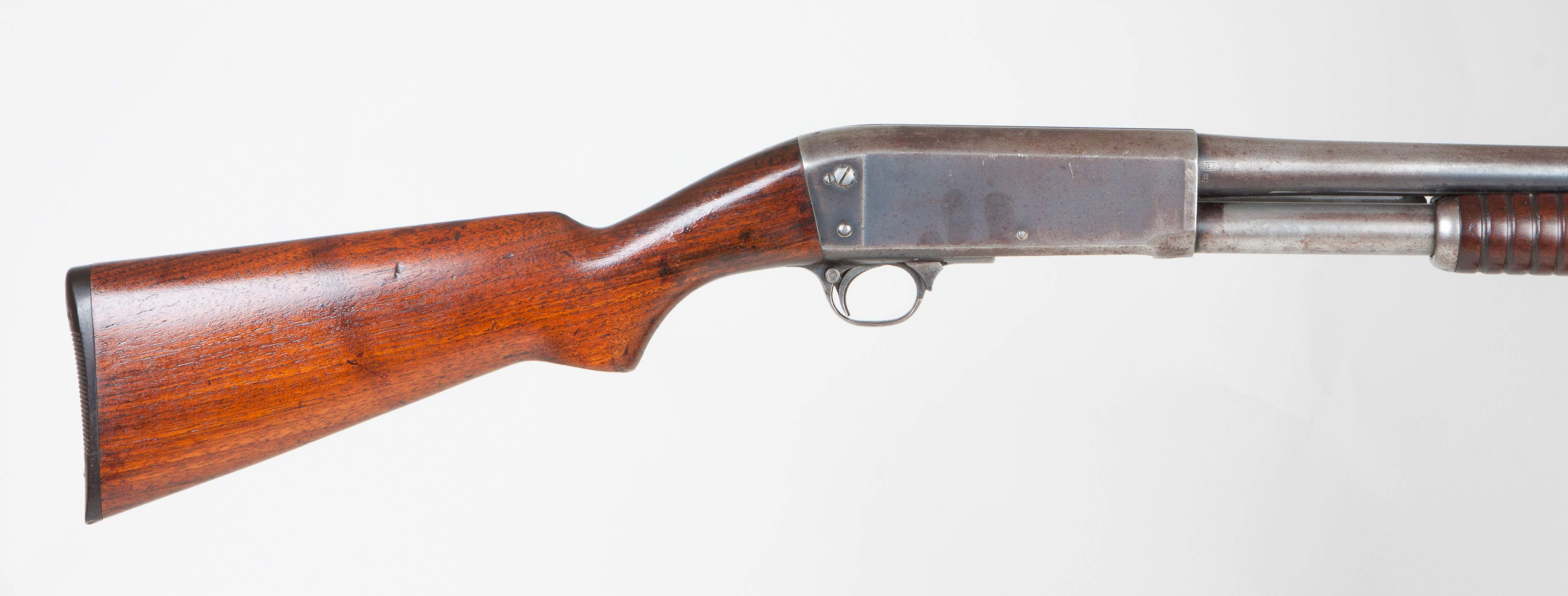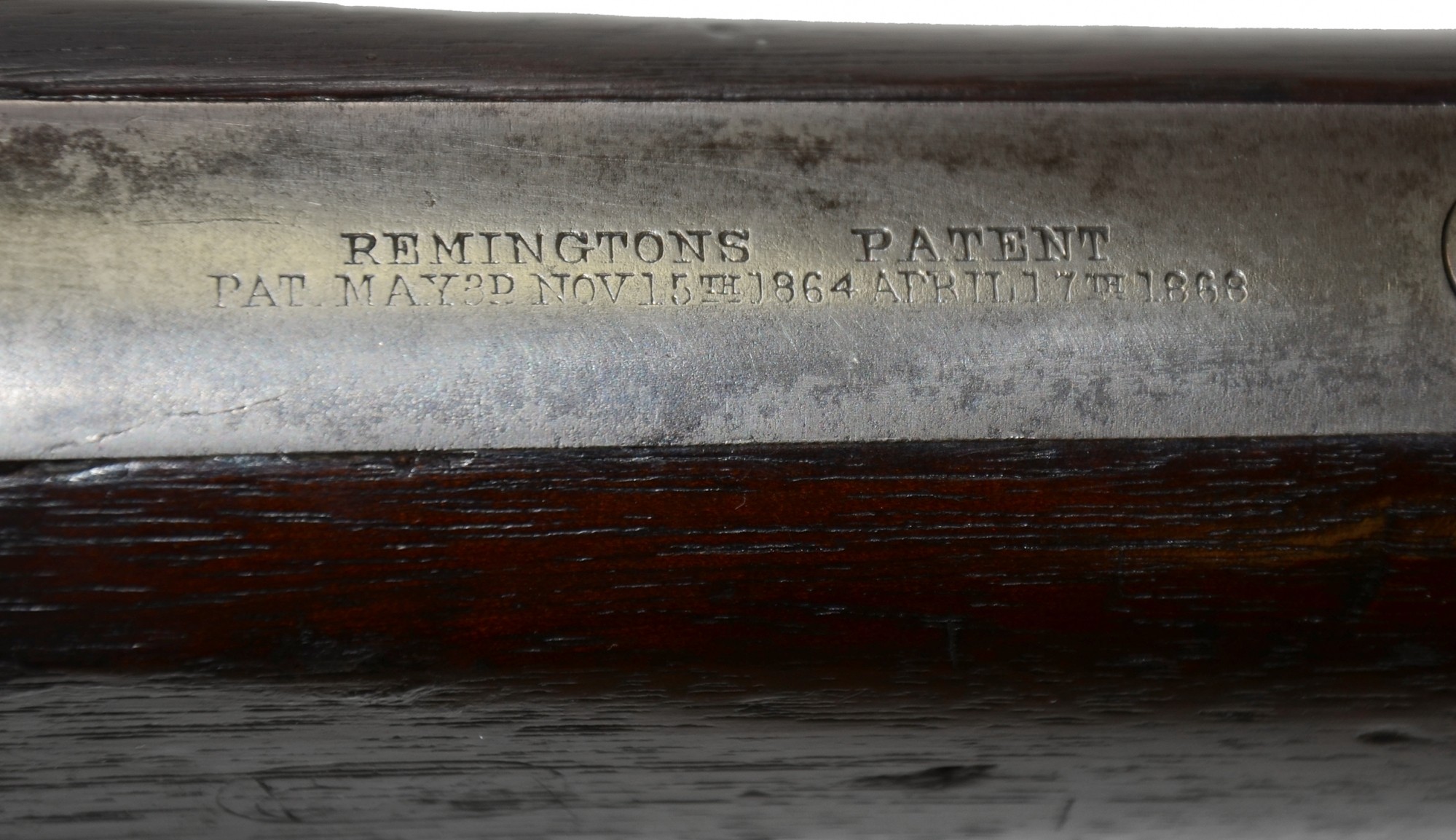
It was about the worst safety problem with the rolling block. The hammer is in the fully cocked position during chambering and can't "block" the breechblock from opening. Can you spell fire-out-of-battery? Big problem and a real surprise to the poor slob holding the rifle. Now think about closing that breechblock _hard_ on a live cartridge with the firing pin sticking out of the breechblock. What caused this design improvement is the original 1867 design without any firing pin retractor had a bad habit of becoming fouled with mostly powder fouling and rust and sticking in the extended position. The firing pin retractor pulls the firing pin back into the breechblock so that its not sticking out when the breechblock is closed.

This is evidenced by that little funky thing on the top of the breechblock. And I can say this much, its not an 1867 model. Thanks for understanding the spirit of what I meant by, "tell me about Mausers".īecause the action lacks markings and I don't know if it has Remington patent markings on the top of the receiver tang but since you didn't show any and didn't mention any I'm going to ~assume~ there aren't any. I know a little bit about Remington rolling blocks, and Berdan rolling blocks, and Laidley rolling blocks and Geiger & Rider rolling blocks, also known as split breech. These below have been mine and about 25 others. No dessert if you don't supply the meat 'n' taters. You want to talk about Remington rolling blocks then give me something to go on. What markings are you trying to read?įYI - using the two words, "original restored", is an oxymoron. Even rifles with Remington receivers with Remington markings can be from Sweden or Egypt, Mexico or Spain. Rolling blocks, Remington and others, were made into the many millions and used by a huge number of countries. If I was to ask a question like, "tell me about Mauser rifles", how far would that get me? Details like the country that made it, markings, features, etc, are what's needed. When you ask about a rifle in a generic manner you can't expect much of an answer. This website is sorely out of date and has mistakes but it does have a lot of information if you know what you have to begin with.

The prices noted here after the auction are considered unofficial and do not become official until after the 46th day.There are so many variations of Remington rolling blocks and licensed copies you're not going to find much in one place without knowning what you have to begin with.
#Remington pat. nov 15th 1864 17 plus
Please Note: All prices include the hammer price plus the buyer’s premium, which is paid by the buyer as part of the purchase price. Scabbard has 75% blue with several small shallow dents. Bayonet, which has issue markings “A / 18” on the bridge, matches the condition of the gun. Several hairline cracks near the receiver and numerous dents and scratches on the forearm. Smooth gray patina showing flashes of brightness and light pitting on the buttplate. It is in a blued steel scabbard with leather frog and brass hangar. The 18” triangular blade socket bayonet is marked “US” at the base.
#Remington pat. nov 15th 1864 17 trial
Only 1,000 of the trial rifles were made and issued to troops in the west.

SPRINGFIELD / 1870” on the right side of the receiver and “ESA” in an oval cartouche on the left side of the stock.

MAY3D NOV.15 TH 1864 APRIL 17TH 1866” on the upper tang and “eagle / U.S. VERY RARE REMINGTON MODEL 1870 ROLLING BLOCK TRIAL RIFLE WITH BAYONET.


 0 kommentar(er)
0 kommentar(er)
